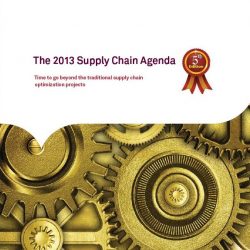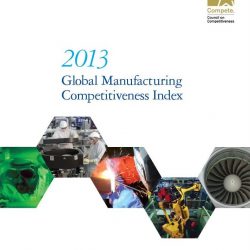Market volatility drives the Supply Chain Agenda in 2013

At the end of last year, several economic and political actions in the Euro-zone and US prevented a further decline of the current economic situation. Structural problems affecting the world economy seem however not to be solved. This is reflected in the results of our 2013 study. We have asked supply chain executives about their most important business drivers. The number one business driver mentioned by most respondents is market volatility (55%). Facing the current economic outlook, the position of this driver has remained unchanged compared to our last survey in 2012. Moreover, business drivers related to the economic situation seem to take in a similar position in our top 10.
Several projects gained a more prominent position in the SC Agenda in 2013, such as supply chain collaboration and the reduction of the environmental footprint. Other projects that retain a high position in the SC Agenda are supply chain visibility improvements and operations excellence.
Market volatility
As mentioned in the introduction, market volatility (55%) is the main business driver for supply chain executives participating in this year’s survey. For many companies it is still uncertain how their businesses will develop in 2013, as changes seemto be happening faster and faster. We also recognize this when looking at drivers that are related to the economic situation. Both slow economic recovery (33%), as well as a possible further economic downturn (37%) are still in the top 10 of business drivers for 2013.
Meeting customer requirements (47%) is the second most frequently mentioned business driver. Companies mention their customers are becoming even more demanding. Supply chains need to be cost effective and at the same time they need to be able to offer high service levels. Even more so, in order to react to changing market conditions, the supply chains of today need to be more responsive and flexible. New technology and digitization (15%) is a business driver that also has made the top 10. We recognize new technology and digitization is going to affect even more companies in the near future. Fully digital supply chains have the ability to become more flexible, open, agile, and support collaborative digital business models. Information availability and collaboration are key drivers that can result in improved reliability, agility and effectiveness.









